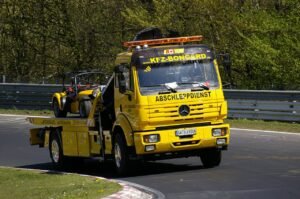Visual change—new coats of paint, carefully chosen décor, and rich indoor plants—often drives home remodeling. Although these aspects help create a lovely and welcoming space, they sometimes ignore the underlying criteria defining a house’s strength and durability. The most important changes are often not obvious at first sight but rather in the silent, working systems supporting the structure.
Professionals from reputable pest control Doncaster companies often encounter homes that are well-designed on the surface but vulnerable to hidden dangers. Seemingly small mistakes—like fractures in wall joints, gaps around utility wires, or improperly insulated foundations—can set off a chain of problems over time. The most efficient way to strengthen a house starts by recognizing that structural integrity and environmental protection should always come before attractiveness.
The quiet power of foundational maintenance
One of the most ignored facets of house remodelling is the building envelope—the barrier separating indoor and outdoor settings. It comprises insulation, windows, walls, and the roof. Ensuring this envelope is sealed and weather-tight will help prevent moisture incursion, which often causes mould, decay, and long-term damage. Regular caulking, flashing, and vent seal examination will help protect these vulnerable locations.
The state of the home’s drainage system is equally crucial. Bad drainage around the foundation could cause basement leaks and water pools. Grading should slope gently away from the home, and downspouts should be lengthened to guide water away from the building.
These straightforward but crucial changes lower the possibility of hydrostatic pressure and erosion, which could compromise foundation stability. Ignoring these actions could cause slow but significant structural degradation, usually undetected until apparent damage shows. Simple landscaping changes can prevent expensive repairs and preserve the integrity of the base of the house through early intervention.
Mechanical systems are important as well
A house’s HVAC, plumbing, and electricity systems are often not visible but are crucial for its safety and efficiency. Regular maintenance ensures these systems work at their best and last longer. By checking circuit breakers, cleaning HVAC filters, and insulating pipes, you can avoid big problems like electrical fires or frozen pipes.
Weatherproofing and energy audits are particularly helpful in areas prone to temperature fluctuations. They help find places of heat loss or inefficiency, which not only influence comfort but also increase energy costs. Homeowners can create strong, energy-conscious living areas by closing gaps and modernising outdated systems.
Sustainable fortification for long-term value
True fortification involves building inner resilience rather than just protection from outside pressures. A house constructed with sustainable materials, smart technologies, and eco-friendly insulation responds to environmental changes instead of giving in to them. Furthermore, these improvements sometimes raise property value, which helps justify their use in the near and far future.
Conclusion
Homeowners are urged to strike a balance between aesthetic improvements and structural strengthening. Although design decisions show personal preference, the hidden changes determine a home’s long-term health. Giving both aspects top priority guarantees a living area that is visually captivating, safe, reliable, and made to last.


